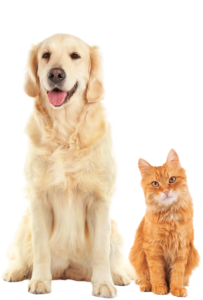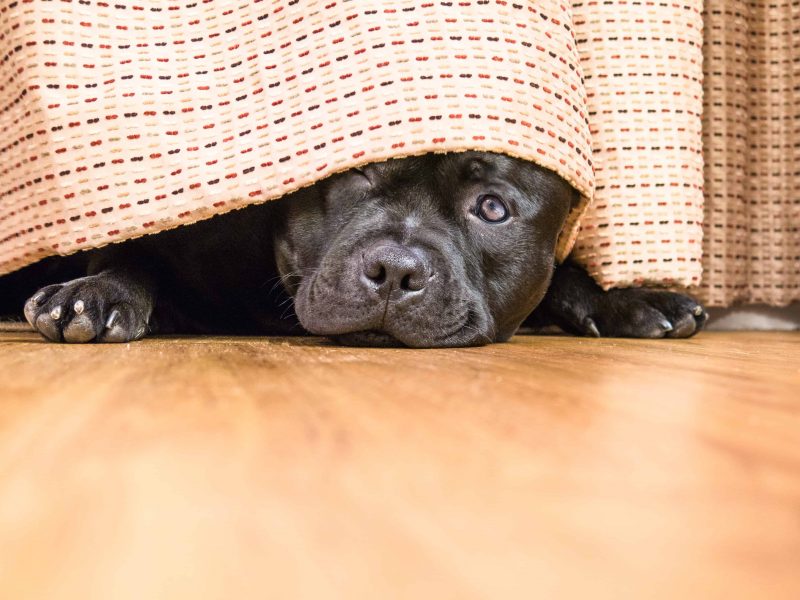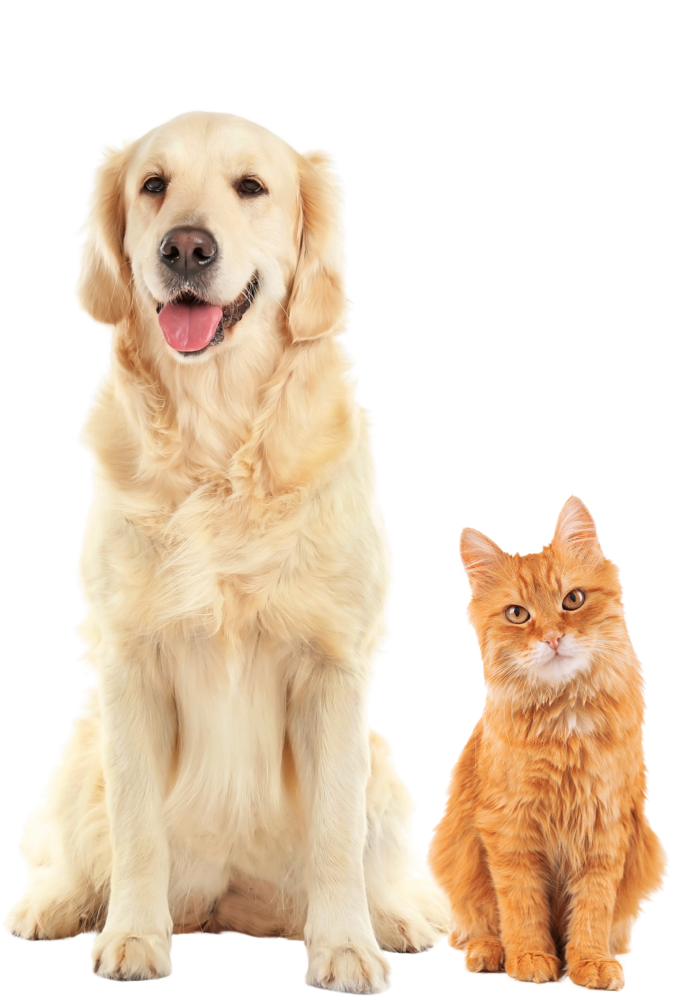Based on the name alone, anal sacs (more commonly known as anal glands) may not be something you want to know much about. But at some point, in most dogs’ lives (and some cat’s), they may need their anal sacs expressed.
So as pet owners it is a good idea to have a general knowledge of the anal sacs, as problems can arise with them in all breeds. If your pet has expressed their anal sacs before, you probably know the associated scent all too well; musky, fishy, and foul! Many pet owners will book regular appointments at their veterinarian or their groomer to have the anal sacs expressed. A common question we get here at Van Isle Veterinary Hospital is: “But what are they?!”, “Why do our pets have them and what function do they serve?”
Anal sacs are small pouches on either side of the anus that store sebaceous secretions from the anal glands. The sacs discharge their contents through small ducts positioned at about the 4 o’clock and 8 o’clock positions on either side of the anus. The colour and consistency of the secretions can vary, but the smell is almost always rather unpleasant.
These sacs are often referred to as “scent glands” as they serve to mark an animals’ territory, as well as to identify other dogs and cats by their unique odour. Ideally, the anal sacs are expressed naturally whenever an animal has a bowel movement; the movement of the feces causes the anal glands to express automatically.
Our pets can run into problems with their anal glands for many different reasons. Diet, weight, food and or environmental allergies, breed and conformation can all play a part in causing anal sac problems. The most common problems seen are anal gland impactions or infections. Although impaction in itself can be uncomfortable, it can also lead to infection, which can lead to abscesses. Abscesses are quite painful and do require medical attention.
There are many different signs that may indicate anal sac problems in our dogs, as well as our cats, although cats may be more subtle about it. Scooting or dragging the bum along the ground is the most common behaviour that owners often see, but this is not the only sign indicating potential problems. A few signs you may notice are excessive licking, difficult or painful bowel movements, a swelling under the skin, redness of the skin, and/or blood or pus around the bum or on furniture around the house.
Adding fibre or fish oils can help some of our pets avoid problems, while others may require further intervention in regards to diet, or medications, etc. If your pet is already having problems, first speak to your veterinarian to figure out the cause. If your pet is overweight, figure out the reason why and create a plan to get them down to a healthy and manageable weight.
One thing to be aware of is that frequent anal sac expressions do cause some degree of inflammation which can potentially create problems in the future. It is a good idea to be sure they are not overdone, and not done unnecessarily. Speak to your family veterinarian about your pets’ individual requirements and together you can come up with an appropriate schedule for your pet’s needs.
Submitted by Jessica McKay, RVT




